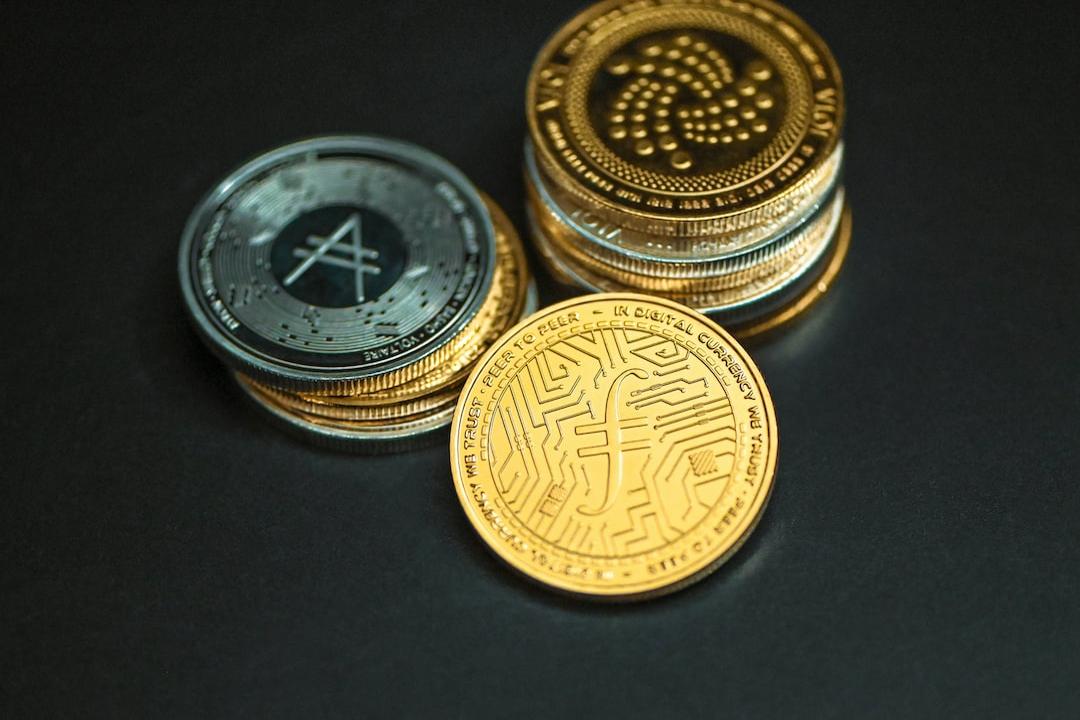Harvard T.H. Chan School of Public Health’s Dr. Francesca Dominici has led research that brings to light the clandestine price of Bitcoin mining in the US.
The analysis, between August 2022 and July 2023, paints a dramatic picture: the environmental toll of Bitcoin mining far exceeds where the operations are physically located.
In 2019, China dominated 65% to 75% of Bitcoin mining globally. However, in 2021, the government of China banned cryptocurrency mining because of fears of massive electricity consumption and environmental degradation. Therefore, mining shifted mainly to the U.S., where electricity is readily available, and rules are generally less restrictive.
By 2022, giant Bitcoin mines had opened facilities in 15 states in the United States. Texas was the hub of these, boasting 10 of the 34 largest mines, three of the four biggest in terms of capacity. Other top hosts included New York and Georgia, and Pennsylvania and North Dakota with three each.
Power-Hungry and Pollution-Heavy
Over the 12-month study period, the 34 largest Bitcoin mines consumed a staggering 32.3 terawatt-hours (TWh) of electricity, 33% more than the entire city of Los Angeles uses in a year, and 85% of that electricity came from fossil fuels.
This massive energy demand translated into large-scale air pollution. Using the advanced InMAP model to monitor both direct and secondary PM2.5 pollution, the scientists estimated that 1.9 million Americans were exposed to additional PM2.5 levels of ≥0.1 μg/m³ due to Bitcoin mining alone.
Around 46.2 million Americans across 27 states were exposed to measurable increases in this dangerous pollutant, compounding existing pollution from other sources. The communities most affected by Bitcoin mining pollution weren’t necessarily near the mines themselves.
For context, the power stations release a mix of harmful pollutants like primary PM2.5, nitrogen oxides (NOx), and sulfur oxides (SOx). These gases mix to form fine particulate matter that is able to travel in the air and deep within human lungs and bloodstreams. The study shows that even small increases in long-term exposure to PM2.5 enhance the likelihood of premature death, heart disease, and other extreme health impacts. Some of the highest Bitcoin-related PM2.5 concentrations were in areas like New York City and the Houston metropolitan area, far from most mine locations.
In order to address such rising health and environmental concerns, Senators Sheldon Whitehouse and John Fetterman introduced the Clean Cloud Act of 2025. The act would empower the Environmental Protection Agency (EPA) to set yearly carbon performance standards for IT power-consuming data centers that draw over 100 kilowatts of power with a mandate of lowering those standards by 11% each year.
Meanwhile, U.S. Bitcoin miners are also fighting to cope with rising costs. Another 125% tariff on Chinese-sourced mining equipment has escalated total tariffs to 145% since the Trump administration, severely increasing prices for US miners that rely on hardware from Southeast Asian companies like Bitmain and MicroBT.


